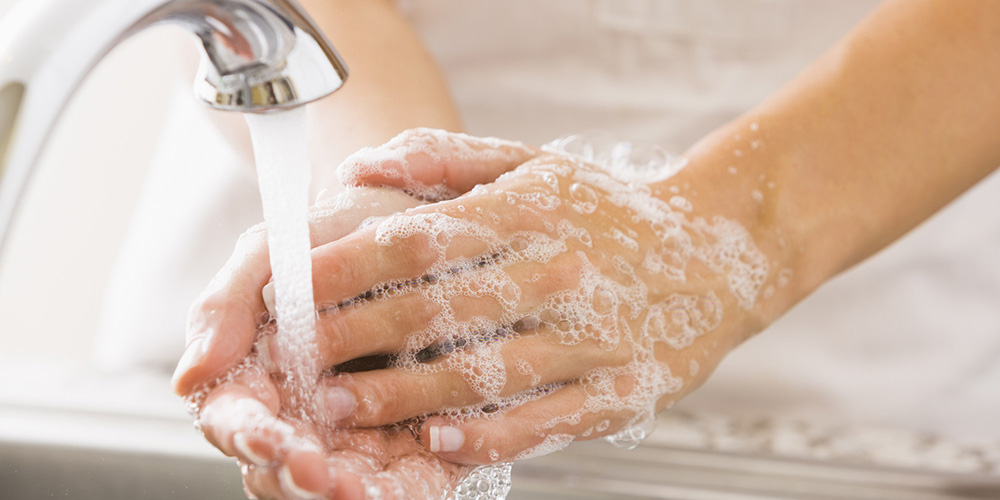Tracheal suctioning using a mechanical suction device to aspirate secretions from the airway is a vital part of bronchial hygiene when the patient does not have the ability to effectively clear these secretions on his or her own. There are several routes one could take when performing tracheal suctioning, including nasal, oropharyngeal and endotracheal.
The following guidelines are meant as a reference guide only and are not intended to replace hands-on training provided by a skilled medical professional.
Before any suction procedure begins, encourage the patient to attempt to clear his or her secretions with a deep cough. If the patient can produce a cough effort, the patient should be taught and encouraged to cough throughout the day.
If the patient cannot completely clear his or her airway and secretions can still be heard, take the following steps:
- Explain to the patient what you are about to do.
- Place the patient in a semi-fowler (or 45-degree angle) position.
- Wash your hands.
- Place a chucs under pad or drape across the patient’s chest.
- Pour normal saline into a clean container.
- Turn on the suction machine.
- Put on sterile gloves if available. If not available, use clean gloves.
- Open suction catheter and lay across patient’s chest.
- Keeping dominant hand “clean/sterile” attach end of catheter to suction tubing.
- Using water soluble gel, lubricate the catheters first 3 to 4 inches.
- Remove the nasal cannula if patient is wearing one.
- To determine how far the suction catheter should be inserted, measure the length from the tip of the nose to the ear.
- With dominant hand, insert the catheter in the nostril gently without applying suction.
- Slowly advance the catheter without force. If an obstruction is met, pull back slightly on the catheter and reattempt advancing, twisting the catheter back and forth. Stop advancing when the premeasured distance has been met. Apply suction covering the thumb control while slowly beginning to remove the catheter using a twisting motion. Do not suction for more than 10 seconds.
- Once catheter is removed, place oxygen back on the patient, if available. Flush normal saline through the catheter.
- If secretions are still audible, repeat the process one more time allowing at least a one minute interval. Do not over-suction, as this is not a pleasant experience for the patient. Place oxygen, if prescribed, back on the patient.
- When the suction procedure is completed, flush the catheter again, wipe catheter with clean wipe and place back in package to be used next time. Most insurances cover the use of one suction catheter per day.
- Dispose of gloves and chucs/drape.
- Wash your hands.
- Assess the patient and make them comfortable.
It is important to keep in mind that tracheal suctioning is an invasive process and should only be done when indications are clearly present.




.png?width=767&name=COPD%20in%20the%20cold%20(2).png)









